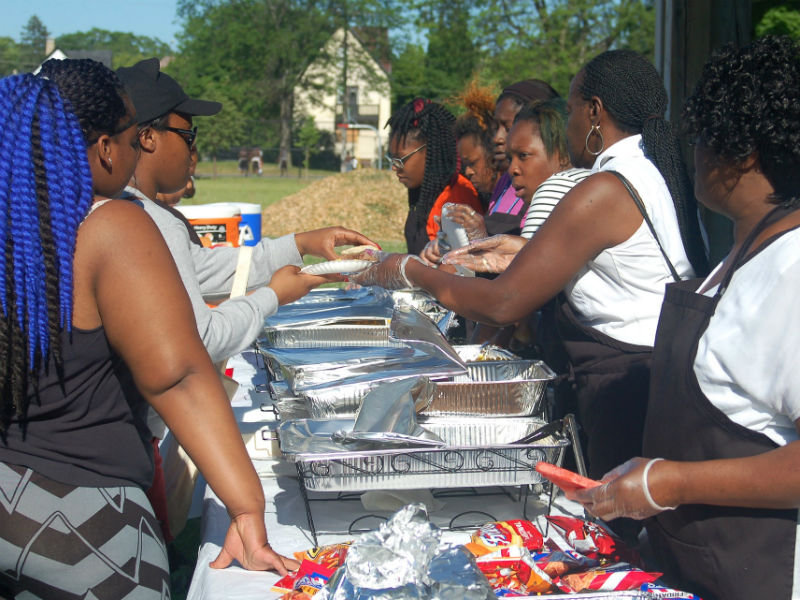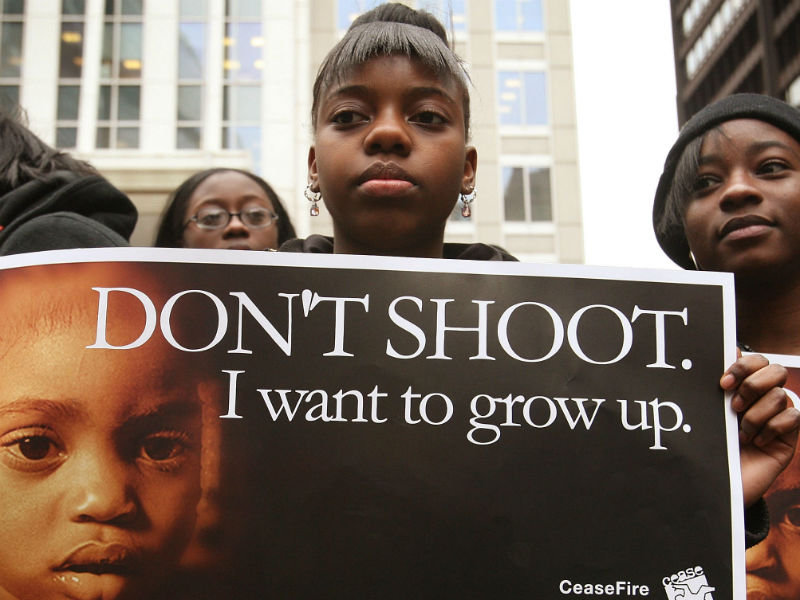Can a city like Milwaukee learn lessons from a 1980s television cop show about real life and serious crime, murder and racial challenges?
As I’ve become addicted to "Hill Street Blues" reruns on the Heroes & Icons network over the last few months, it seems nearly every episode of this amazing show offers relevant insight and perspective on Milwaukee’s continued crime problems, escalating murder rate and long-time struggles with race relations.
Unlike "NYPD Blue," another riveting cop show that I’m reliving on H&I, the chaotic Hill Street police precinct is located in an unnamed American city that could easily be Milwaukee, Pittsburgh, Chicago or elsewhere. The streets are equally mean and unforgiving as they are kind and compassionate.
Like real Milwaukee, the fictional Hill Street was raw, hard-working and hard-living on both sides of the law. While some cops were as dirty as the crooks, most of them wanted to do the right thing. The same goes for the good people falling prey to the bad element of society.
Hill Street reminds us that most folks are pretty decent in a real city like Milwaukee today, and it has been in the past. It’s the small but brutal percentage of bad guys, crooks, thugs or whatever you want to call them along with pandering politicians, that keep us down that bring us down.
For those too young to remember or haven’t seen the reruns, "Hill Street Blues" was truly groundbreaking and the first "must see TV" on NBC from 1981 to 1987. Besides 98 Emmy nominations and 25 wins, the show defied previous police show stereotypes with a multi-racial cast of good and bad cops, lawyers, judges, criminals and citizens.
"Hill Street Blues" dramatically changed to the direction of network television drama leading all the way to recent hit cable shows like "The Wire," "Breaking Bad" and "True Detective." Besides the weekly dose of robberies, drug deals and murders, "Hill Street Blues" showed its characters’ real life issues like divorce, alcoholism, substance abuse, homosexuality, mental illness and more.
In a real city like Milwaukee, it seems we forget that our cops and crooks lives and relationships go deeper than what we read in the headlines and social media, or hear on talk radio. For every killing, robbery or drug deal, there is a very real family, relationship or life feeling the impact.
Also like Hill Street, Milwaukee’s crime scenes and stories are subject to both intense and superficial media coverage. The talk radio hyperbole of today was played out on television news back in the ‘80s. Though either medium, that hype can lead to relevant or trivial insights and the creation of stories with flawed heroes and villains.
Showing the balanced perspective of one of my favorite Hill Street characters, black detective Neal Washington says to Captain Furillo, "as much of a honky as he is, I’ve got a feeling about it. It could have been a righteous shoot," referring to the controversial shooting of an supposedly unarmed black youth by a white cop.
Issues of race pervade almost every episode of "Hill Street." Whether it’s black and white patrol and detective partners or dealing with their differing backgrounds and perspectives, or the anger generated against the police from the poor black neighborhoods protected by mostly white cops.
Another area of comparison is police department leadership. For the last seven years, Milwaukee police chief Ed Flynn has appeared as both a tough crime-fighter and political tool of City Hall. On "Hill Street," the characters of Captain Frank Furillo and Police Chief Fletcher Daniels walk a similar fine line of protecting their citizens and officers, while subject to the winds and whims of city politics. Not to mention that Chief Flynn at times bears a striking resemblance to Chief Daniels.
While it initially seems trite to compare Milwaukee’s current, tragic crime situation to a TV cop show, "Hill Street Blues" was not just any TV cop show. Just watch how things play out on "the Hill" on TV or DVD sometime soon, and I bet you'll think of Milwaukee.
Mike Morgan rides retro, whether on his 1976 Harley Aermacchi 250 or Heritage Softail. Mike has been a motorcyclist since 2001 having ridden in Sturgis, Daytona Beach, the California coast, New England and everywhere in between, including in the last three Milwaukee Harley Anniversary parades.
Mike worked in communications and marketing at Harley-Davidson for more than 12 years, writing and editing all kinds of content, including award-winning media kids in 2009 and 2012. He had ridden the Harley several times before Brewer games at Miller Park, and ran in one of the last sausage races at the old County Stadium when he was Communications Manager for the Stadium District Board.







